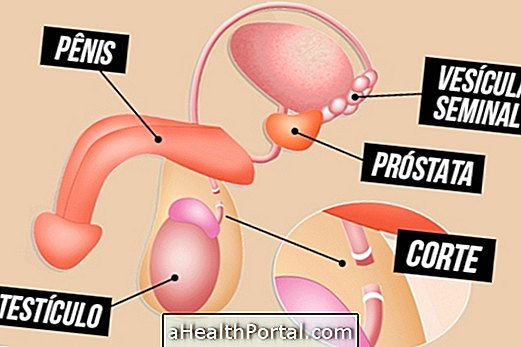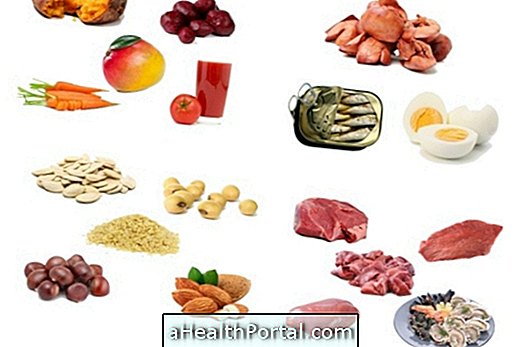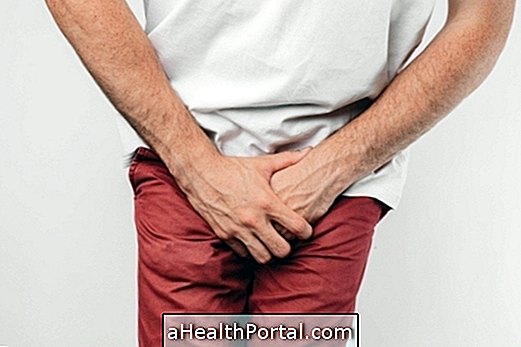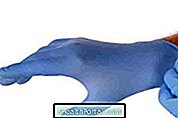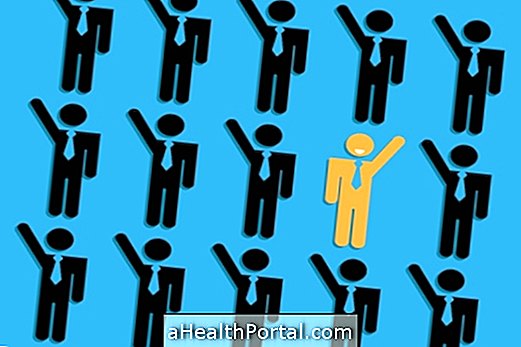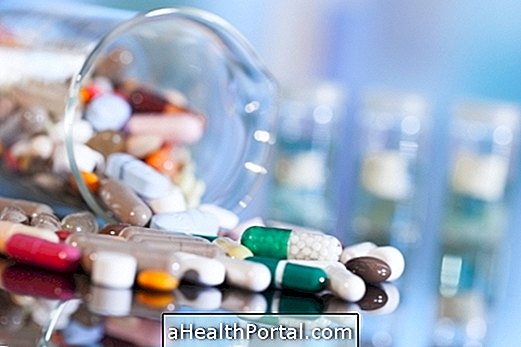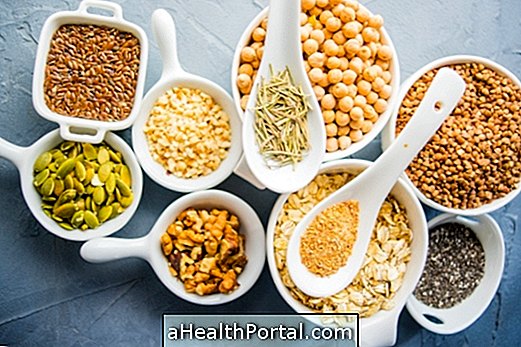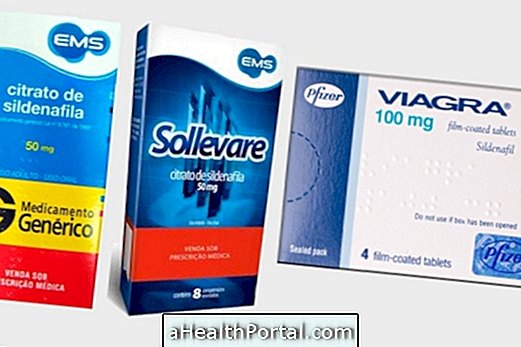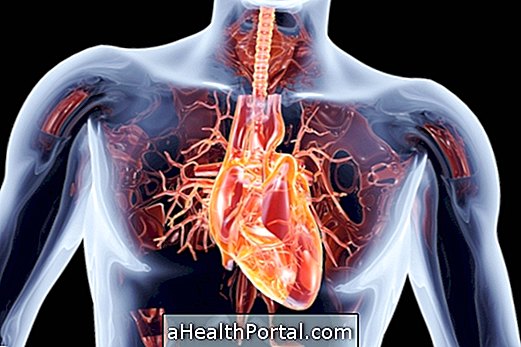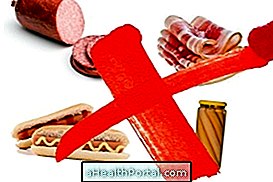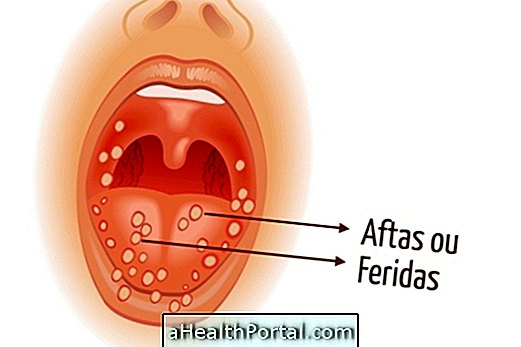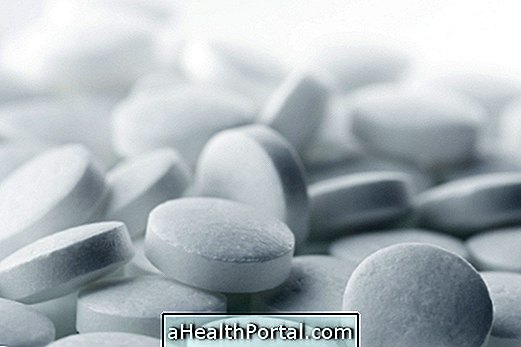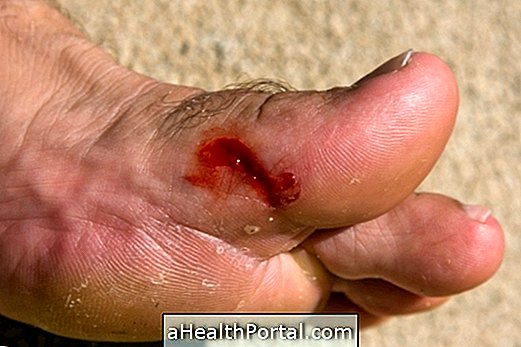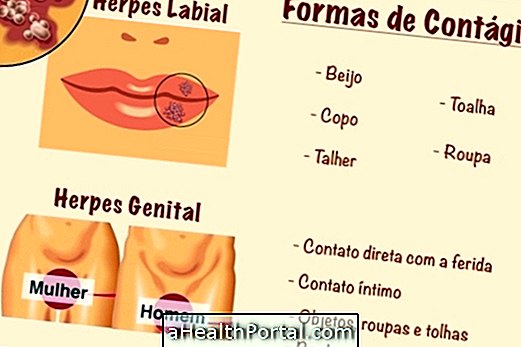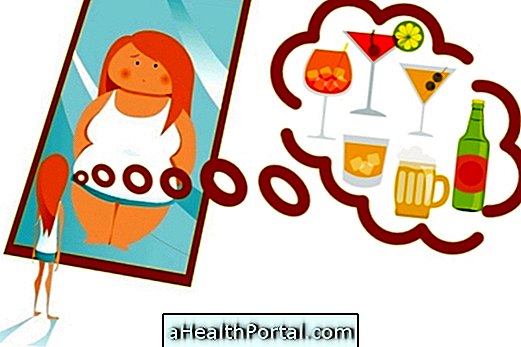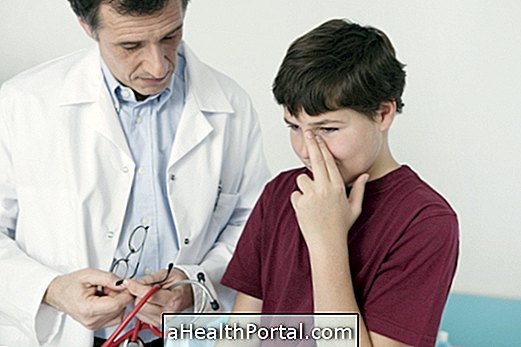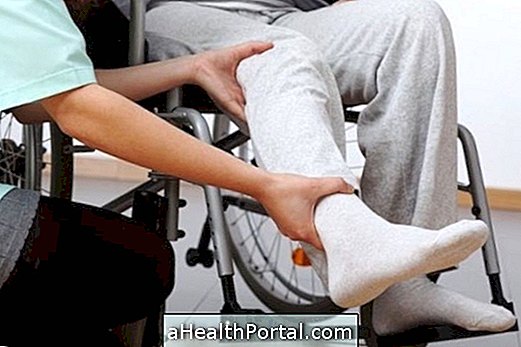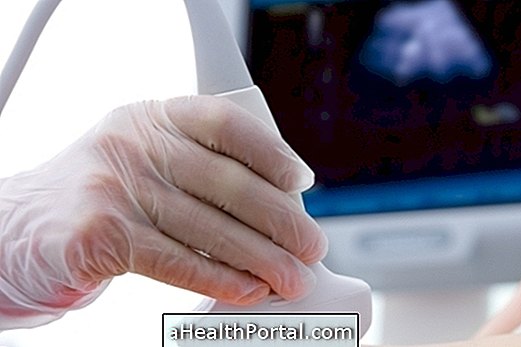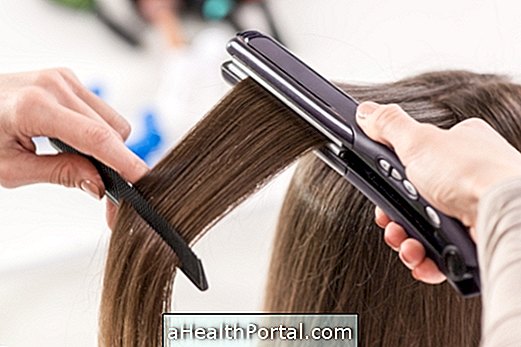Male hypogonadism occurs when the testicles produce little or no testosterone, which is the male sex hormone. This problem has no cure, but the symptoms can be improved through hormone replacement.
The difference between the types of hypogonadism is that in the male primary or hypergonadotrophic the testicles do not work correctly and in the male or hypogonadotrophic secondary hypogonadism the places of the brain that control the testicles do not function correctly.
The diagnosis of male hypogonadism is mainly done through signs and symptoms and clinical examinations, such as sperm count or blood test to evaluate the level of testosterone, for example.
Symptoms of male hypogonadism
The symptoms of male hypogonadism may occur before puberty, more frequently, or after puberty and may be:
- Voice thinner than normal;
- Decrease of beard and body hair;
- Hip development, as occurs in girls;
- Small male sexual organ;
- Decreased libido;
- Excessive growth of arms and legs;
- Loss of muscle mass;
- Growth of the breasts, called gynecomastia;
- Impotence.
Male hypogonadism usually causes infertility.
Treatment of male hypogonadism
The treatment of male hypogonadism is done through hormone replacement and consists of replenishing testosterone levels and increasing sperm production. Surgery may also be recommended.
Late male hypogonadism also called andropause occurs naturally in men around the age of 50 years.
Useful links:
- Hypogonadism
- Female hypogonadism
